SoCal’s secret birding spot where you can watch 130 species fly through
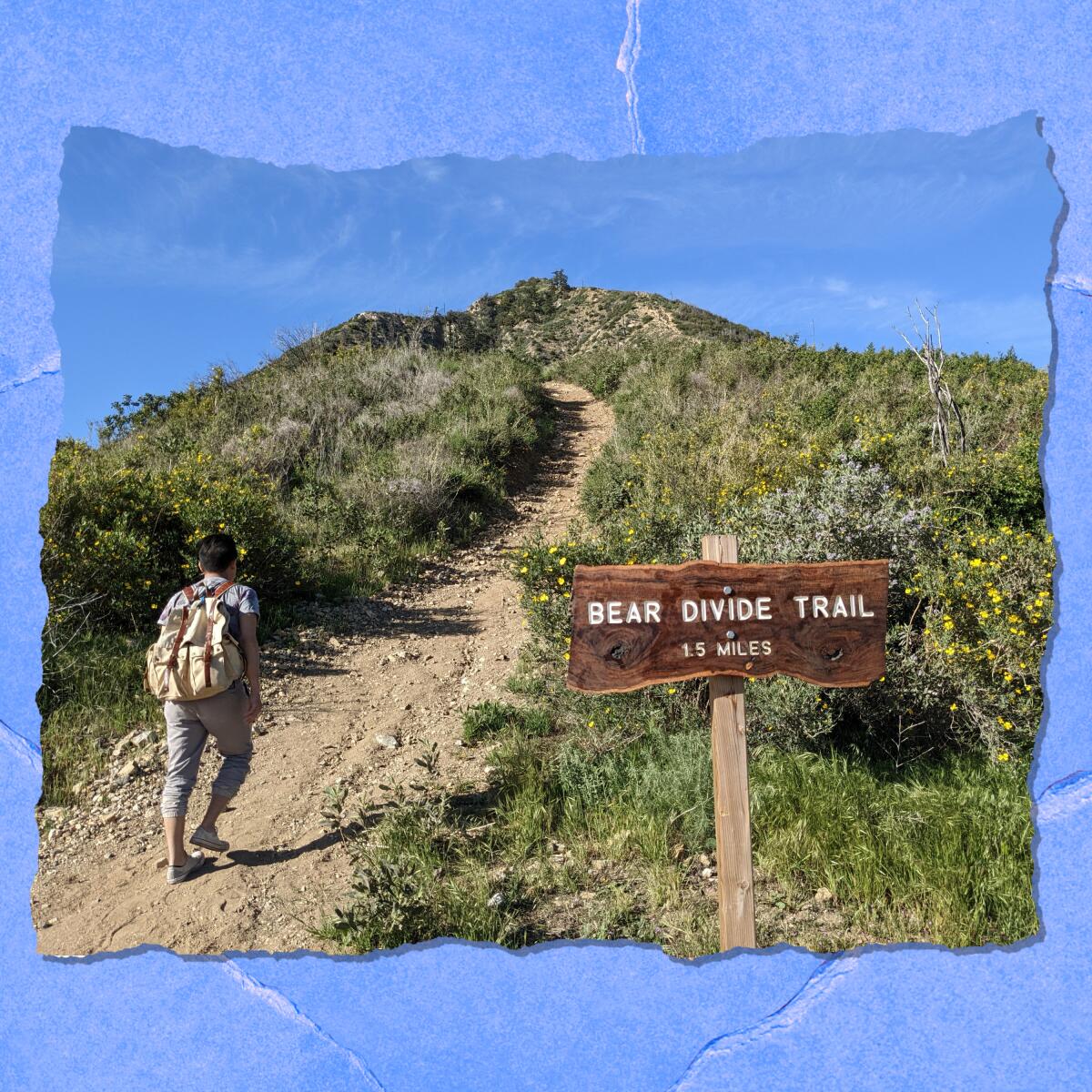
Even if you’ve lived here a long time, Southern California can amaze you. Hundreds of different bird species can whiz through the area unnoticed — until you stop and watch in jaw-dropping awe. That’s what happened to outdoor writer Matt Pawlik. He recently joined an expert birder who showed him a secret place in the Angeles National Forest north of L.A. where, so far this season, 130 migrating species have passed through. Here, Matt writes about the thrill of noticing the unnoticed:
“Three lazuli buntings,” Ryan Terrill shouted out. “Look at their blue heads. Stunning! Here are some warblers coming by: yellow, hermit, Townsend’s. Vaux swifts overhead! And is that ... yes, that’s our first purple martin we’ve ever seen here!” This was my first early morning visit to the Bear Divide Vista Picnic Site east of Santa Clarita in the Angeles National Forest. Terrill, a postdoctoral researcher at Occidental College’s Moore Laboratory of Zoology, was swiftly chirping out the identities of winged passersby. He skillfully snapped photos while explaining the ornithological phenomena happening before our eyes: spring migration. “Personally, I really think it’s one of the best birding spots in the world,” Terrill said.
Calling Bear Divide a migratory hot spot would be an understatement. Every year — roughly between March 15 and June 15, with peak migration between April 10 and May 20 — thousands of birds funnel through the narrow pass. The Moore Lab team appears nearly every day during the season to count them. As of now, more than 130 species have flown through, with total bird numbers this season exceeding 23,000. It’s a great spot for amateurs to learn about the remarkable diversity of L.A.’s feathered residents (temporary and permanent), but also to see the variety of species up close. “It really is an overwhelming thing to stand on the road and have 5,000 birds of 80 species fly by your knees in a morning,” Terrill said. He was right; I was in avian awe.
The rugged mountain area with a single drivable road, Little Tujunga Canyon Road, once was a place where bird experts caught roosting California condors; those endangered birds no longer stop by. Bear Divide was first noticed as a key migration spot in 2016 by Dan Maxwell, Terrill’s friend and birder. Since then, Terrill, his colleagues and local birdwatchers have been observing the spectacle and studying its ornithological implications. Terrill said the spot was especially rare because the migratory species “tend to travel at night and high in the atmosphere.” It’s also one of the only morning “flight spots” on the West Coast (out of very few in the entire world), offering learning opportunities, such as how timing, weather, climate, sex, age and other factors affect migratory patterns.
“Migration is something that can be incredibly hard to study in the field, because the vast majority of bird migration happens where we can’t see it,” Terrill said. During my 7 a.m. visit, I saw more birds in the wild than I had ever seen in one place in my entire life — and my coffee was still hot.
My visits to Bear Divide carried that familiar exhilaration of experiencing something undeniably special for the first time. For Terrill and his team, the thrill is constant. This year, they saw a zone-tailed hawk, a rare raptor sighting in L.A. County because these large birds generally live in Central and South America. Terrill expects the species count to continue to rise in future migration seasons.
You can keep track of the species count on the Bear Divide Migration Count website and Twitter (of course they tweet), but my advice is to get out there and see the phenomenon for yourself. Join the team — as well as other birders and a group of bird banders unaffiliated with the Moore Lab, which offers a great close and personal viewing experience of the birds — at Bear Divide Vista Picnic Site most mornings starting at 6:30 a.m. until mid-June. For optimal birdwatching, Terrill recommends bringing a pair of binoculars and going on a clear, warm day, with high pressure and no clouds. Flock to it!
— Matt Pawlik
You can also read about L.A.’s little-known stash of vintage birds at the remarkable Moore Laboratory of Zoology.
3 things to do this week

1. Learn what to do if you get pricked by a cactus on the trail. You’re hiking along on a quiet trail, arms swinging, when — ouch! — your hand accidentally hits a prickly pear cactus. The spines look like acupuncture needles on the back of your hand, so you carefully remove each one. But what if that doesn’t do the trick? Aliese Willard Muhonen wrote about her own painful experience: “Over the next few days my hand and wrist throbbed to the point of distraction. The area bruised and swelled, and the slightest movement caused intense pain — to the point where I couldn’t even type. I tried brushing off the severity of the injury, but nearly a week later, the pain remained and I also developed a fever and a hot pink rash around the punctures. I finally texted my doctor. His response: Come in now, or go to the ER.” Read Muhonen’s saga and tips on what to do if you get poked in this L.A. Times story.
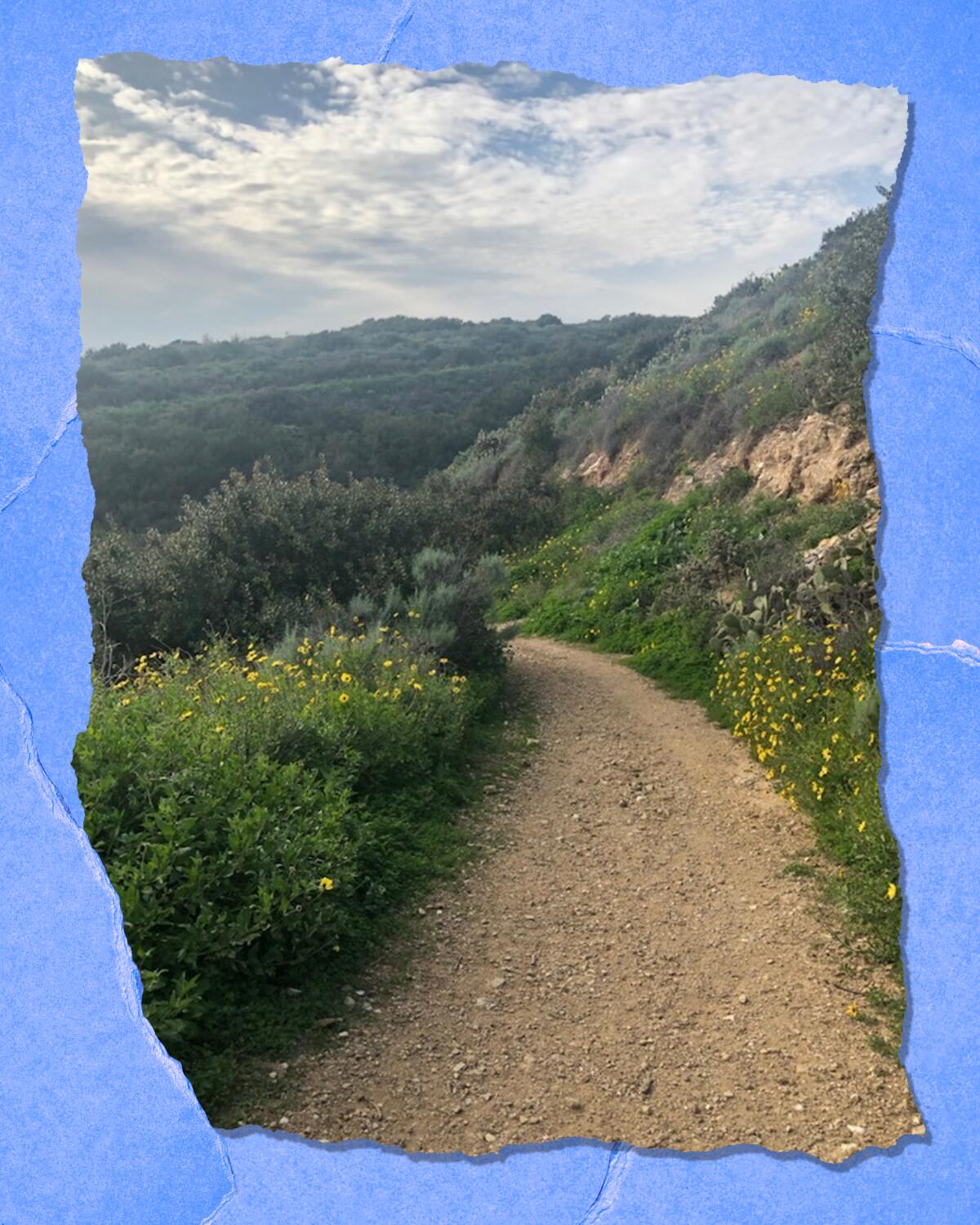
2. Take a guided hike in a little-known Palos Verdes Peninsula reserve. Outside of the South Bay, few people know about nature reserves that dot the Palos Verdes Peninsula, from the coast to inland hills. Discover one of them, the Forrestal Reserve, on a guided hike past sedimentary rock beds and a former quarry. You may find some wildflowers still blooming too. The hike, hosted by the Palos Verdes Peninsula Land Conservancy, begins at 9 a.m. Saturday, starting at 32201 Forrestal Drive in Rancho Palos Verdes. More info here.

3. How to keep your vegetable garden going during the drought. Last year, Gov. Gavin Newsom asked Californians to voluntarily cut their water use by 15% because of the 22-year drought. (That didn’t happen.) Gardeners who grow their own vegetables and tend their own fruit trees may find water cutbacks difficult. But experts say you may not need as much water as you think. For example, consider training your vegetable plants to sink their roots deeper into the soil. “Frequent shallow watering just encourages the roots to stay near the surface, which will spell disaster when the weather gets hot,” according to this L.A. Times story. “It also means the plants are less efficient at pulling nutrients from the soil.” Read all of our tips for keeping your garden healthy during the drought.
Wild things

Lilacs really aren’t a California thing, but try telling that to Gary Parton. The retired El Camino Junior College art teacher moved from Torrance to the mountain town of Idyllwild (110 miles southeast of downtown L.A.) in the late 1990s and planted a huge lilac garden that’s open to the public for free from 9 a.m. to 5 p.m. through May 22. The 300 lilac bushes now at their peak produce blooms in 165 different colors, which “range from blue-violet and magenta to pinks and whites and, of course, dark purples, some of which resemble the burgundy hues of red wine,” this L.A. Times story says. More things to know about lilacs: They are native to Eastern Europe and Asia, were brought to America in the 17th century, typically bloom for just three weeks and have edible flowers.
The must-read
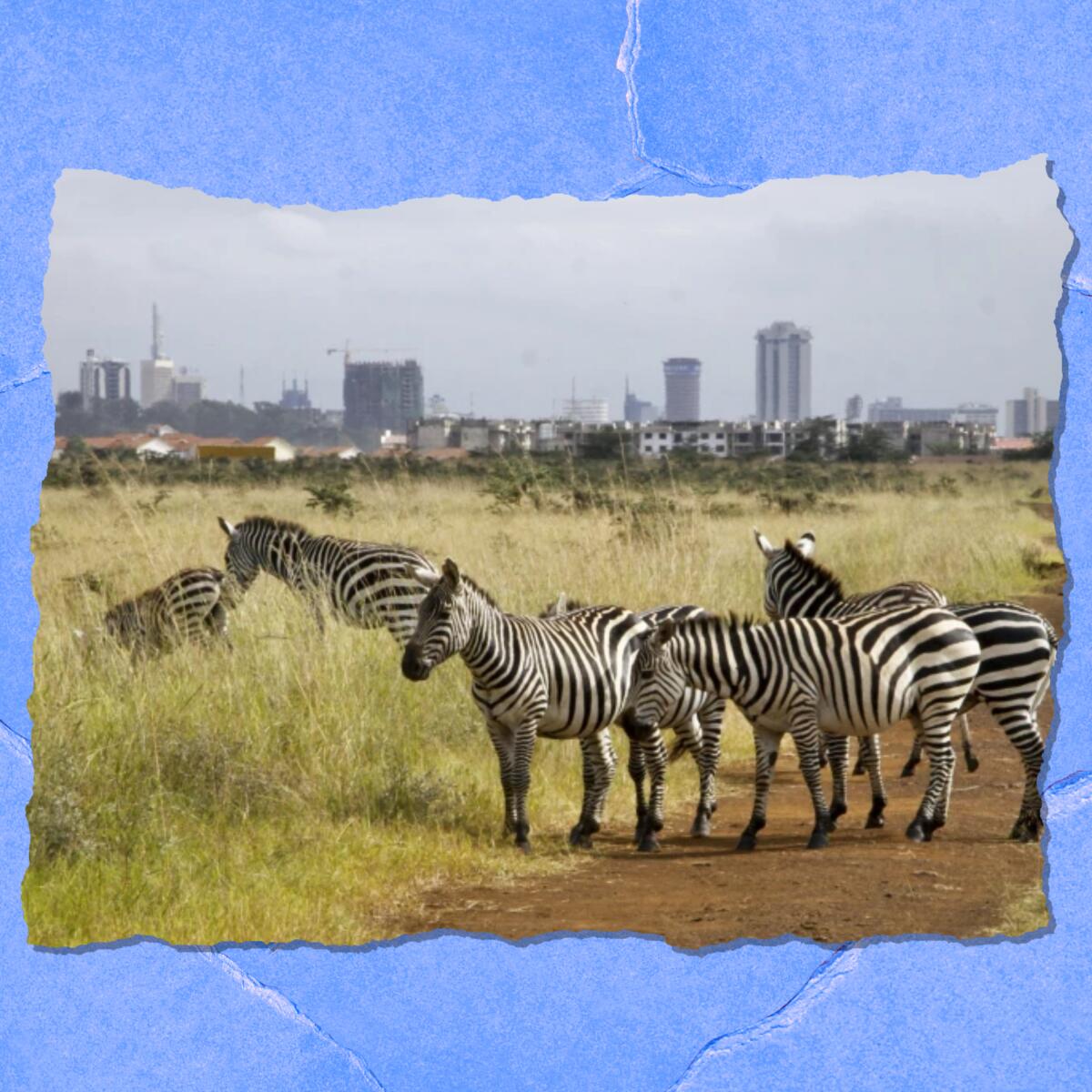
Remember those photos on social media of dolphins frolicking in Venice canals during early COVID lockdowns? Turns out they were fake. The photos apparently were taken miles away in Sardinia in the Mediterranean Sea. Still, they stoked a belief that wildlife rebounded when humans withdrew from city and even country life. “Two years later, research published on wildlife and the COVID-19 pandemic paints a more complicated picture,” Peter S. Alagona writes in a Times op-ed piece. “What at first seemed like a simple story — a human tragedy producing a boon for wildlife — now seems like an object lesson in the profound, complex and often unexpected connections between human health and the well-being of other species.” Some things did change; the idling of cars and planes led to less roadkill animals and temporarily cleaner air and waterways. However, the consequences of COVID on humans and wildlife isn’t a clear win. Read the full story here.
The red flag
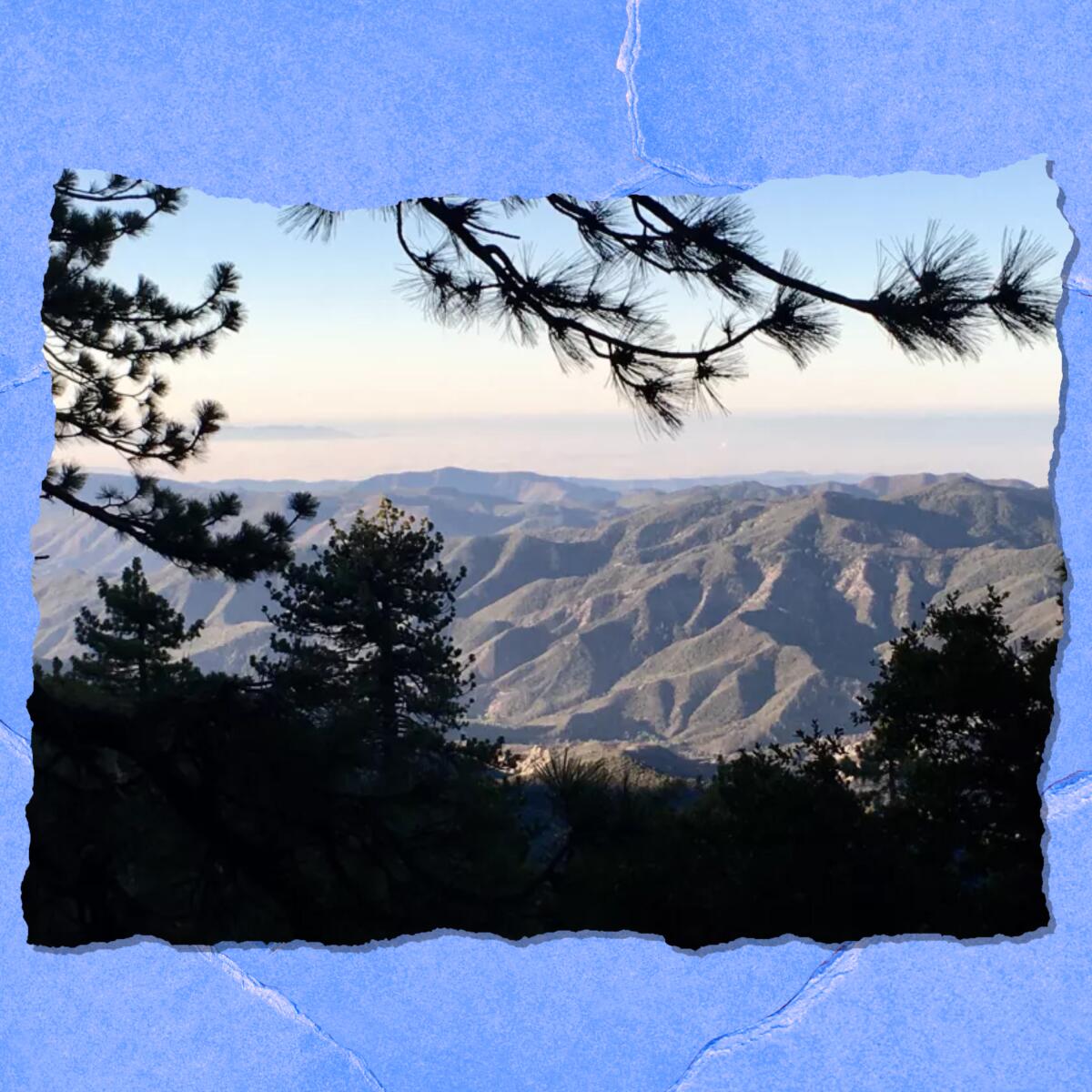
A plan to “thin and trim” trees on Pine Mountain in the Los Padres National Forest has drawn criticism — and lawsuits. Environmental groups, outdoor retailer Patagonia, the town of Ojai and Ventura County recently sued the U.S. Forest Service, saying “the project was improperly vetted, would damage the area’s flora, fauna and cultural history, and is a vestige of Trump administration logging initiatives,” according to an L.A. Times story. Pine Mountain stands at 6,650 feet and hosts a small campground (no water) near the top. By the way, don’t confuse this peak with Pine Mountain in the Mount Baldy area of the Angeles National Forest.
P.S.
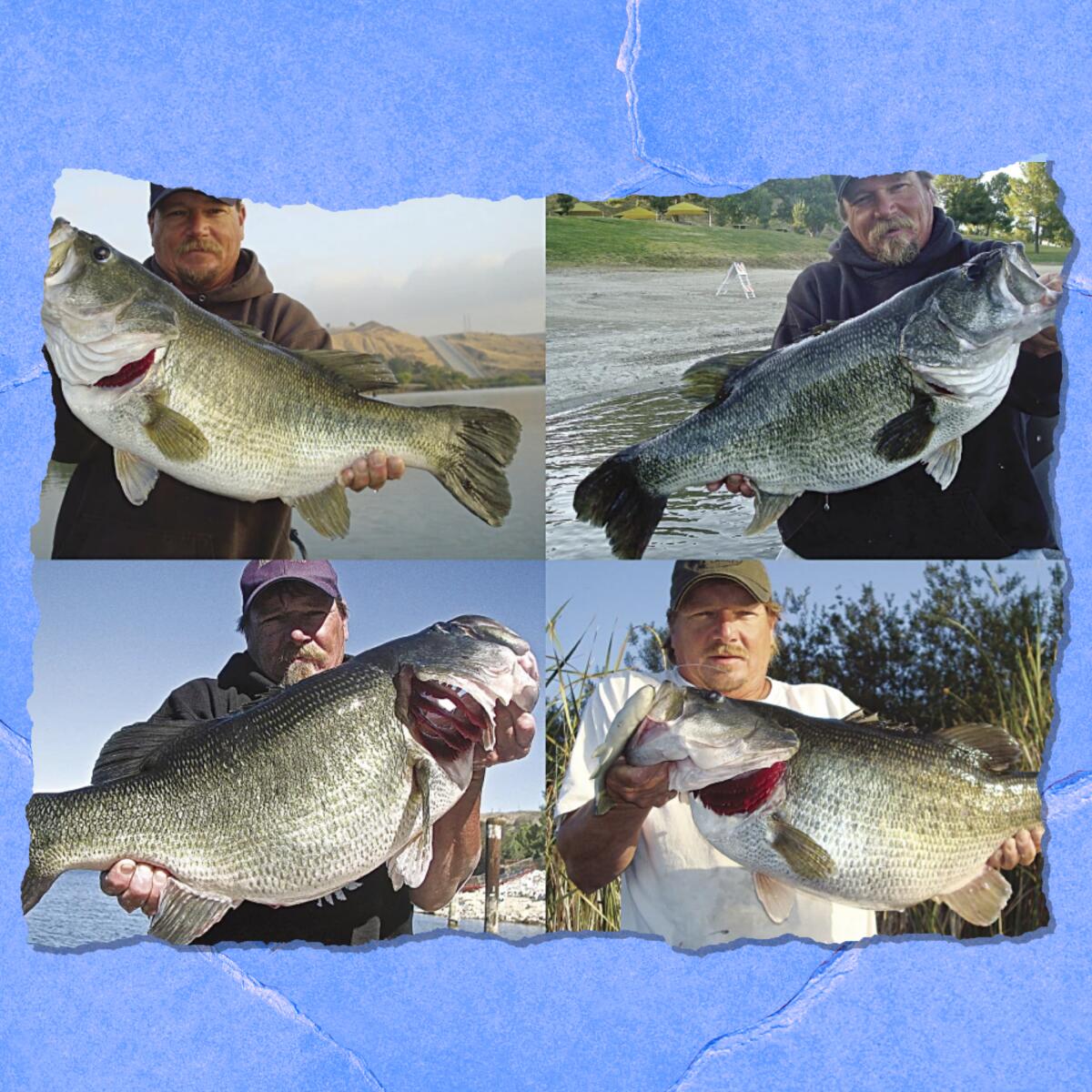
Butch Brown isn’t a household name, but maybe he should be. He is the GOAT (greatest of all time) of bass fishing. Brown has caught and released more than 1,500 (yep, you read that right) largemouth bass weighing more than 10 pounds. “His personal best, a 19.3-pound Goliath, just shy of the world record, was caught at Castaic Lake Lagoon, 40 miles north of Los Angeles,” Steven Banks writes. Brown’s secret? Some of it has to do with a lucky Buddha, garlic scent spray and making his own lures. Read more about the GOAT of bass fishing.
Also, the first lunar eclipse of the year happens Friday. Last week I wrote about the best way to see the eclipse — and where you can stream it live.
Enjoying this newsletter? Consider subscribing to the Los Angeles Times
Your support helps us deliver the news that matters most. Become a subscriber.
Send us your thoughts
Share anything that’s on your mind. The Wild is written for you and delivered to your inbox for free. Drop us a line at [email protected].
Click to view the web version of this newsletter and share it with others, and sign up to have it sent weekly to your inbox. I’m Mary Forgione, and I write The Wild. I’ve been exploring trails and open spaces in Southern California for four decades.

Sign up for The Wild
We’ll help you find the best places to hike, bike and run, as well as the perfect silent spots for meditation and yoga.
You may occasionally receive promotional content from the Los Angeles Times.




